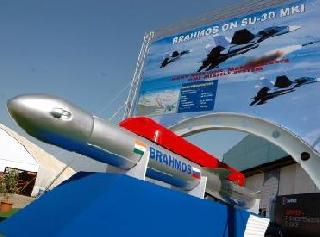
By Maj. Gen. (Retired) P K Chakravorty, VSM
Introduction
Security of a nation lies in the comprehensive capabilities of its Armed Forces to tackle adverse situations due to wars, insurgency, natural calamities and any other emergency. Capabilities of the Armed Forces are measured by the combination of doctrine and technology. In difficult situations a nation has to stand on its own feet as critical spares and ammunition are denied due to multifarious reasons. To fight through the fog of war self reliance is a must and every effort must be made to make defence indigenisation a success. It is pertinent to add that turning points in history like the breakup of the Soviet Union caused a difficult situation for our country as the spares were not available for 70 percent of our equipment which was of Soviet origin.
It is interesting to note the key facts given in Trends in International Arms Transfers, 2011 as given in the SIPRI Fact Sheet of March 2012. At the outset the volume of international transfers of major conventional weapons in the period 2007-11 was 24 percent higher than in 2002-06. The five biggest suppliers were the United States, Russia, Germany, France and the United Kingdom. They accounted for 75 percent of the volume of international arms exports. The five biggest recipients were India, South Korea, Pakistan, China and Singapore. 44 percent of the imports came to South Asia and Asia Pacific. This was followed by Europe with 19 percent, the Middle East 17 percent, Americas 11 percent and Africa 9 percent.
India's imports increased by 38 percent between 2007 to 2011. The primary weapon systems included 120 Su-30 and 16 Mig-29 k, both from Russia. The reason for such imports is to obtain state of the art equipment by the services to ensure effective performance leading to victory in operations. Accordingly indigenous products which would be effective on the battlefield will be acceptable to the user. Indigenisation involves the Defence Research Development Organisation (DRDO), Defence Public Sector Undertakings (DPSUs), Ordnance Factory Board (OFB) private sector, the services and the political leaders. There is a need to find a way by which our indigenisation increases and imports reduce. Currently about 70 percent of our equipment is imported and there is a need to reduce the percentage of foreign equipment in our inventory.
Way Ahead
There is a need for state of the art equipment in combat to win a tactical encounter. Our development agencies cannot produce such weapons with a singular approach. Advanced technologies with regard to defence equipment are available with the United States, Russia, UK, France, Sweden and Israel. In the present globalised environment with lesser controls it is possible to obtain transfer of technology with intelligent negotiations. The major issue about technology is its speed of change. Accordingly there is a need for speedy negotiation and absorption to avoid the product becoming obsolete prior to its introduction. Further investing in modern defence equipment entails heavy initial expenditure with a long gestation period before income starts flowing in. In the Indian environment Government agencies have the capability of investing large amounts for developing a product and private industry has the ability to speedily absorb and produce an item, therefore a combination of the Original Equipment Manufacturer (OEM), the Government agency and the private sector would possibly be the pragmatic path to be adopted to enable a high degree of indigenisation.
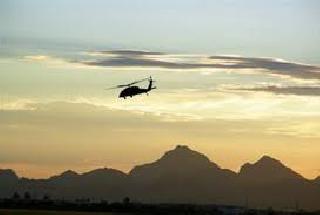 Previous Article
Previous Article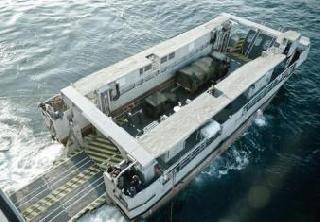 Next Article
Next Article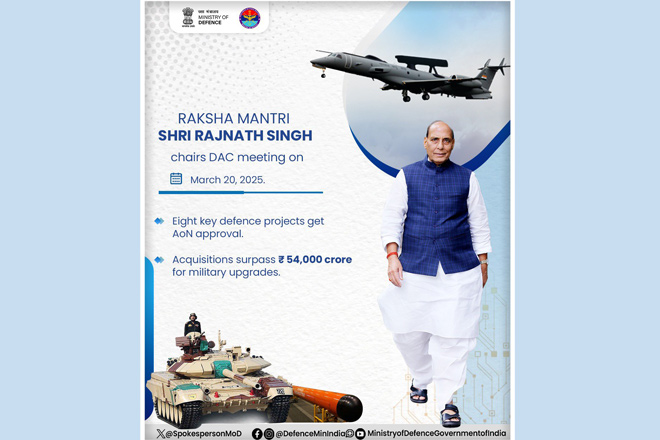
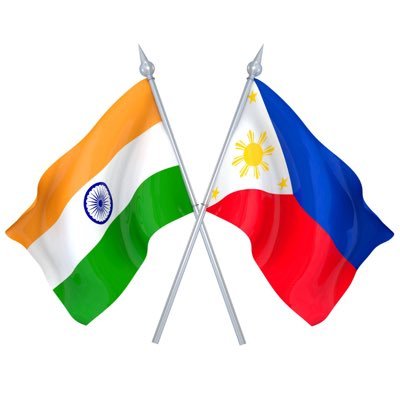











The Indian Air Force, in its flight trials evaluation report submitted before the Defence Ministry l..
view articleAn insight into the Medium Multi-Role Combat Aircraft competition...
view articleSky enthusiasts can now spot the International Space Station (ISS) commanded by Indian-American astr..
view article